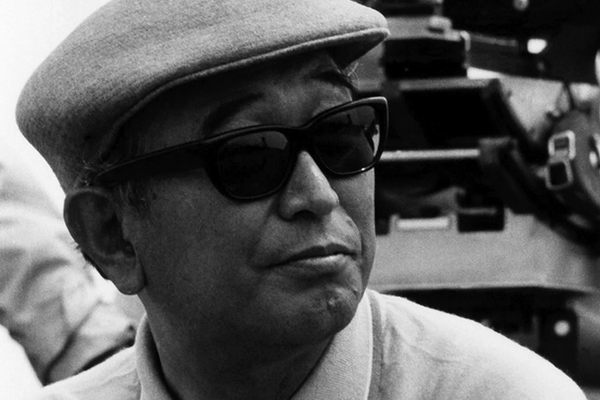I like to go where I know there won’t be many people. While tens of thousands flocked to Southern California to see the Anza-Borrego superbloom, I knew I could find solace in Arizona. Something about having a place to myself really helps me lock into it. It’s kind of like eye contact: you can only make eye contact with one person at a time, and with that comes connection. I like being able to hike through a canyon without passing by or hearing crowds. Moving at my own pace, tuning in to the sounds, smells, the breeze.




Because of its reputation, the Organ Pipe Cactus National Monument is the perfect place for that. The only interaction my guy and I had was with a desert drifter named Casey who said he had been there for a few weeks trying to write a book, and judging by his leathered skin he wasn’t lying. Casey drove a convertible and was posted up in the corner of a primitive campground, bathing daily in what may be the last swimming hole in the whole desert, before the desert heat dries it up. It’s not strictly solitude that I look for, but whispers or an echo from the people there before me. An old structure, an abandoned house. It adds another layer to the narrative of a destination and makes me wonder about the first inhabitants, dating back even earlier than the settlers.




You may be just as likely to be asked to step out of your vehicle as you are to see a barrel cactus blooming. Upon entering the park you go through a couple of border patrol checkpoints, though the guards working them don’t seem to look up too often. It’s not uncommon to see surveillance towers and fences, but not nearly as prevalent as the seemingly endless views of saguaros, organ pipe cacti, and ocotillos that the park is home to. What you won’t see are crowds. Organ Pipe Cactus National Monument, alternately known as “the most dangerous national park”, just reopened a few years ago after nearly 70 percent was closed off to the public. Its notoriety is less for its beauty and more for its long untold history as a highly-trafficked throughway for drug runners and people crossing over the US-Mexico border along the south side of the park.




The most I’d ever seen of the Sonoran desert was off the side of a freight train I rode from California to Texas a few years ago. I always said I’d make it back to take a better look around. Driving through the park at golden hour I was glued to the view. I could almost picture an old spaghetti western scene there. Organ Pipe cactuses are unlike any plant I’ve ever seen, and no two are alike. It’s almost as if they’re the terrestrial version of coral that comes up off the ocean floor, with fingertips reaching up to the sky. The saguaros, on the other hand, are more individualistic and bold. Walking around at night in the desert, they rise high up into the moonlight and from a distance can make for eerie silhouettes. The rustle of the creosote bushes sounds like they could be someone sneaking across the desert through the night. I didn’t see anyone visiting the desert, though – other than Casey the sunbaked writer. I saw some lizards, heard a solitary frog, and passed a few sleepy border patrols sulking sweatily under their sheltered stations. After being closed for so many years, it seems the Organ Pipe National Monument was left to thrive, to take back control of its space, leaving only the phantom footsteps of travelers in the night.



